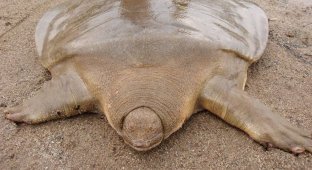George Williams - turtle boy and his story (5 photos)
George Williams, who became famous as the turtle boy, was born in 1859 in Arkansas. He was born with a rare form of dwarfism known as parastremmatic dysplasia. This form of dwarfism not only slows growth (Williams was only 45 centimeters tall), but also bends the bones of the body, turning them into grotesque, intricately curved spirals. 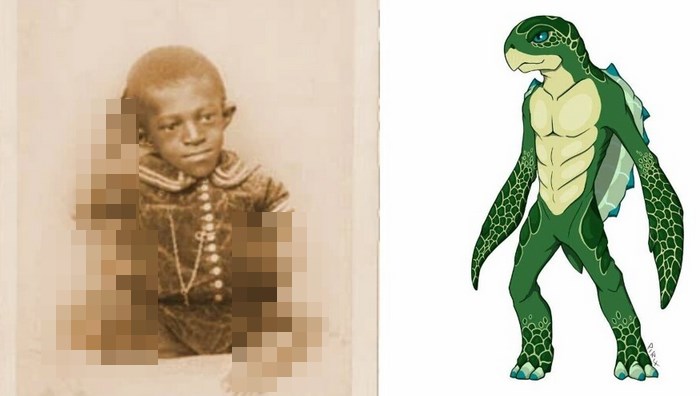
Williams was incredibly popular in the late 1800s and early 1900s. He worked mainly at fairs and museums, but was best known for his long stay at the Huber Museum in New York. 
Despite the fact that Williams did not look like a turtle in reality, he was often depicted with a shell on posters and advertisements. He wasn't content to simply let the audience look at him; he preferred to earn money by performing. Overcoming his complexes and overcoming the difficulties caused by physiology, Williams learned to play the harmonica and flute amazingly. And, remarkably, he had a wonderful velvety baritone. Apparently, nature decided to somehow compensate for the physical deformity by giving the turtle boy a beautiful voice. 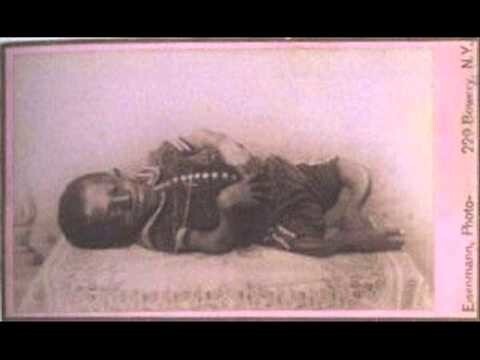
Williams had a reputation as a billiards shark. He often played long games with his co-stars, who allowed George to break several rules. In particular, he could move around the felt table itself or sit on the edge. 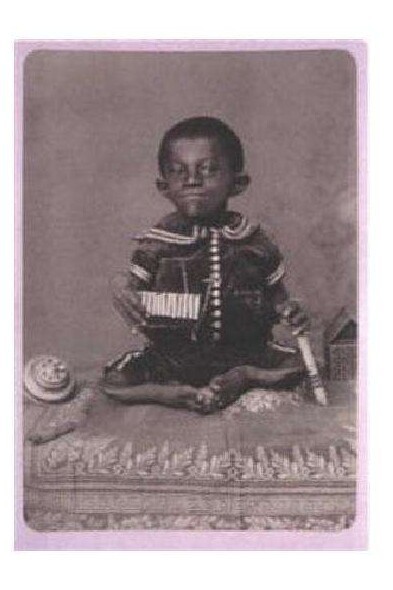
At the peak of his career, Williams earned $75 a week. This amount was significantly less than many of his colleagues on the show. Perhaps this was due to his race. But, despite this, the little artist was a full-fledged and even happy person. He was able to purchase a farm near Wheaton, Illinois. In 1920, he was injured in New York when his wheelchair overturned due to a broken sidewalk. He sued the city for $10,000 but lost. 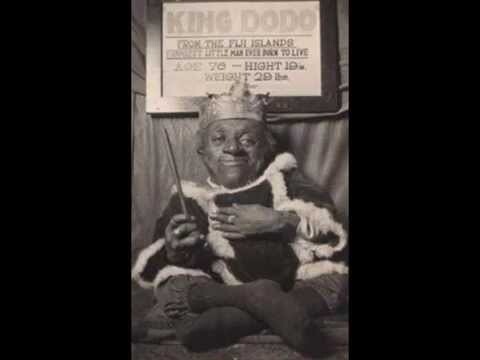
In his old age, the artist began to be called King Dodo
This was the last time George Williams appeared in the media. The details of his further life and death are unknown.















